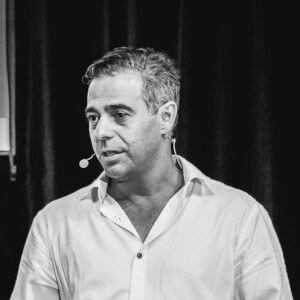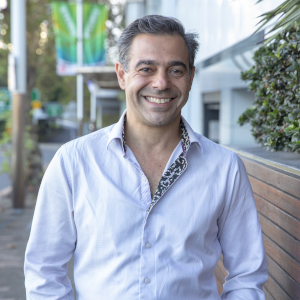Micro-apartments leading to macro rental returns in Queensland
In the midst of standard investments strategies returning as low as 2 per cent and with secondary dwellings sometimes offering you 5-6 per cent return, the ability to convert existing housing stocks and build brand new developments, using policies in Queensland that give better returns for investors, is a necessity.

Like using the Brisbane City Council rules of being able to create five micro-apartments and Gold Coast being able to create four with just using a building certifier, and not needing to use the council approval process. In other councils, by using their application process, these types of dwellings are much needed, especially in the low-density areas.
To continue reading the rest of this article, please log in.
Create free account to get unlimited news articles and more!
These building strategies applied in projected growth areas will show you returns that can double — and in some cases triple — what the standard investor is currently experiencing.
Location hotspots are generally within the 5-10 kilometre radius around the Brisbane and Gold Coast city areas with regional areas being the next big uptake, and with significant ability for growth over the next 6-18 months. Brisbane still offers room for movement, which will affect the Gold and Sunshine Coast markets.
The Sunshine Coast is currently experiencing multimillion-dollar investments in health, aviation, education and business infrastructure with experts such as demographer Bernard Salt saying that “Sunshine Coast population is set to rise to 550,000 in 23 years requiring over 100,000 new dwellings to be built”.
Queensland has seen a very flat market for many years but over the past year, there are areas in Brisbane that have seen growth ranging from 7 per cent up to a massive 35 per cent, with property research company, CoreLogic revealing the best performing suburb within the greater Brisbane region was a suburb in the Moreton Bay region, with median house price growth of 21.4 per cent.
Based on planned infrastructure developments and uplift of employment, regional areas previously affected by the downturn of the resource industry are now showing strong signs of renewed growth. Using figures showing Mackay’s employment up by 7.6 per cent and Townsville’s at 12.8 per cent growth, coupled with a low price point, making them affordable and very attractive areas for investment.
With the strategies traditionally used to double income or get double digit returns, the common consensus is that, to get into the property game, you would require a large amount of cash or equity. We promote using the rentrepreneur strategy of using someone else’s property to yield high returns. This is with full disclosure and approval from the property owner. In most cases this strategy can cost as little as $5,000-7,000 and give more than 100 per cent cash on cash return.
The market demand for this style of accommodation is huge. One of our clients has applied this strategy to properties in a regional port town where vacancy rates sat in high single digits around 7.7 per cent and been able to turn their negative -$2,527 return to a positive $8,133.
If you wish to look at development, a project we completed in Brisbane was a dual lot, single title purchase. The land was subdivided, the original house removed, and a duplex constructed on each block.
These were specifically designed to be very flexible for optimal use. In addition to three bedrooms and three bathrooms, it consisted of two living areas — one up and another downstairs. I ensured that the downstairs bedroom came with a disabled-friendly bathroom, knowing that we have an ageing community and increased demand for more accessible bathrooms.
This opened the property up to a diverse range of tenants and living configurations like a family with grandparents, a carer and an older person living upstairs or a family downstairs with the teenagers upstairs.
Holding all of these townhouses as a standard investor would produce a negative cashflow of about -$3,000. By using a “pay down debt” strategy, you’d build and sell-off half, then pay down the debt. By offering it as a traditional rental, your remaining townhouse would bring you a $5,000 income.
In this scenario, by applying the strategies we use, you retain 100 per cent ownership and move it from a $5,000 income, into a $21,000 investment as a passive cash flow.
By providing micro-apartments within their developments, investors are achieving superior rental returns enabling a repurpose of more dwellings. As the need for affordable housing continues to rise, so too does the opportunity for investors to enter this emerging segment of the market and make substantial gains.
Get Access To Your FREE National Report Here: Revealing, High Demand and High Yield Affordable Housing

